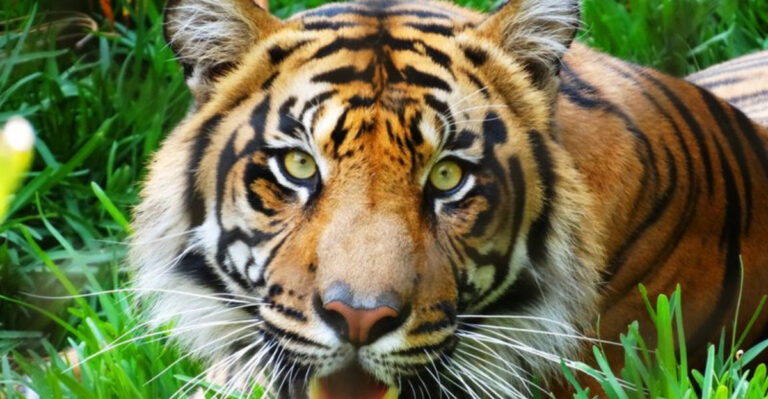15 Remarkable Jobs Inside A Beehive (And Who Does What)
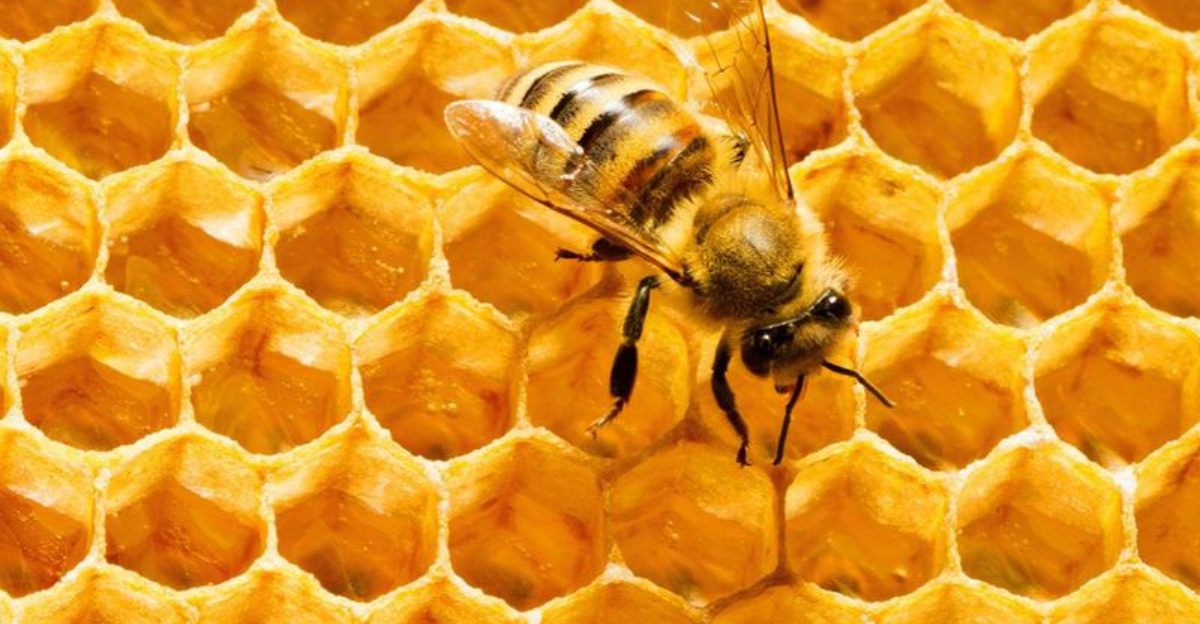
Ever wondered what’s buzzing inside those busy beehives? A beehive isn’t just a home—it’s a bustling workplace with incredible organization.
Worker bees aren’t just one-job wonders; they take on different responsibilities throughout their lives, creating a perfectly functioning society without job applications or performance reviews. Let’s peek inside this fascinating world where every bee has a purpose!
1. Queen’s Attendants: The Royal Entourage
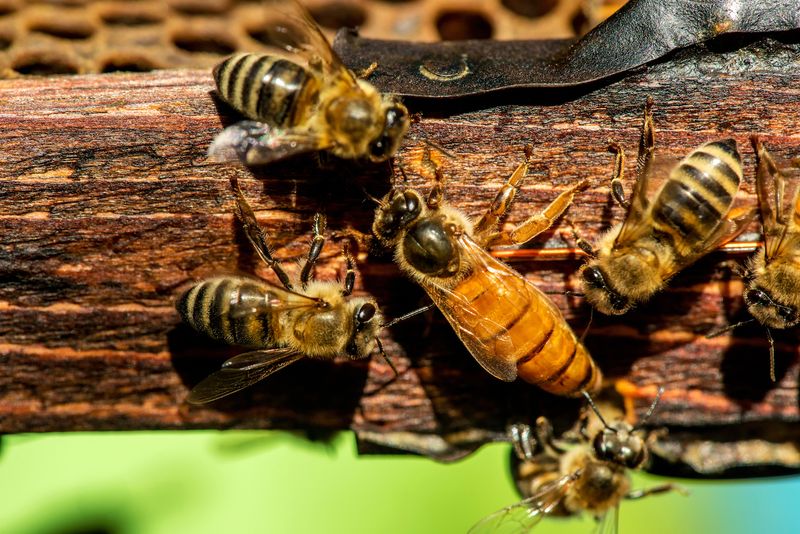
These devoted workers form the queen’s personal staff, feeding her royal jelly and collecting her pheromones to distribute throughout the hive. Without them, the queen would starve!
They also groom her constantly, removing waste and keeping her clean. This intimate circle rotates regularly, allowing many workers to receive the queen’s chemical messages directly.
2. Nurse Bees: The Baby Caretakers
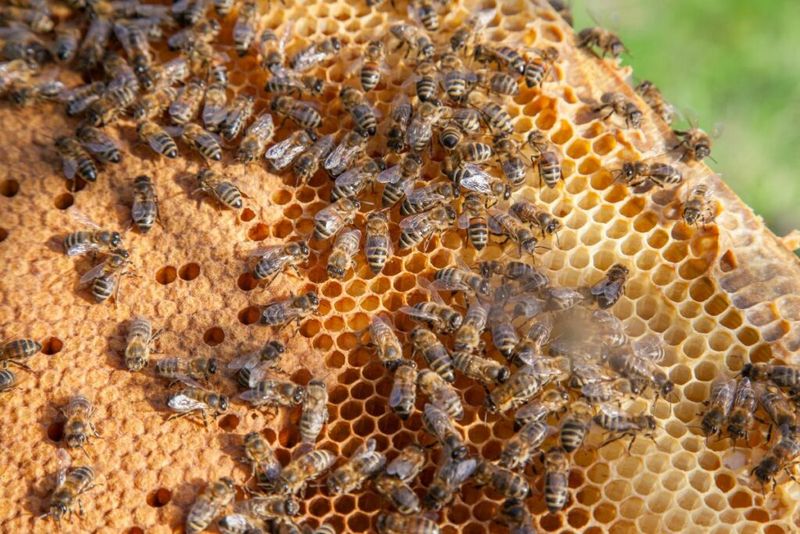
Fresh from their cells, young worker bees begin their careers as nursemaids to developing larvae. Their bodies produce nutritious food from special glands in their heads, perfect for hungry bee babies.
They check each cell thousands of times daily, feeding the proper amount based on the larva’s age and future role. Talk about dedicated childcare!
3. Wax Makers: The Master Builders
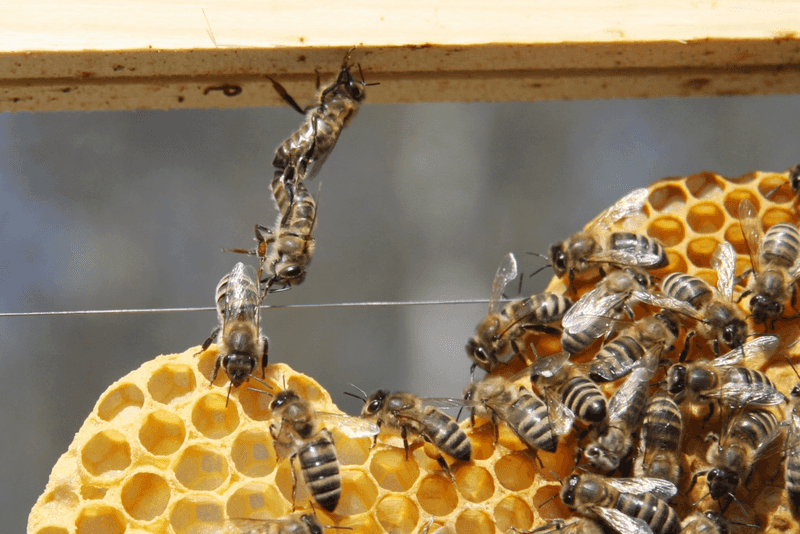
Around day 12 of their lives, some workers develop special wax-producing glands on their abdomens. They hang in chains, secreting tiny wax flakes that become the building blocks of the entire hive.
The temperature must be just right—around 95°F—for proper wax production. These living factories transform honey into structural material through a fascinating metabolic process.
4. Architects: The Honeycomb Designers
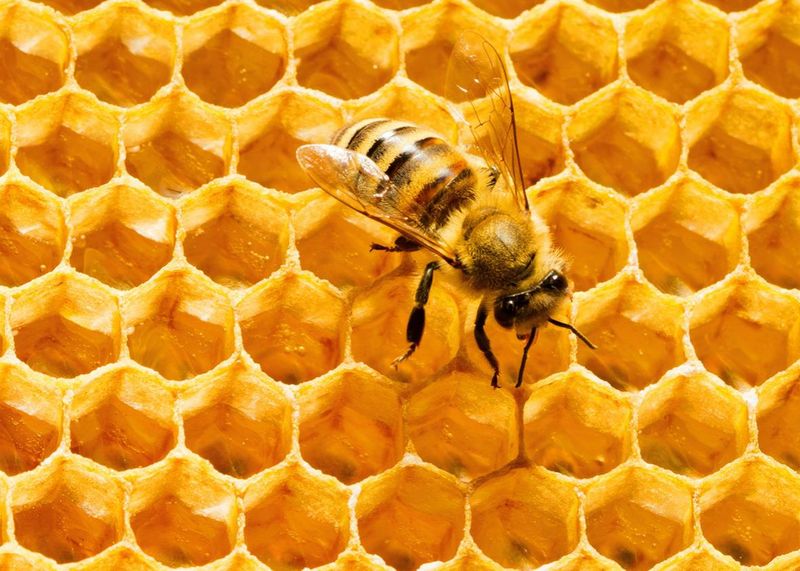
Armed with fresh wax from the makers, these skilled craftsbees construct the perfect hexagonal cells. The precision is mind-blowing—each cell tilts upward at exactly 13 degrees to prevent honey from dripping out.
They work without blueprints or measuring tools, yet create structures that maximize space and use minimal materials. Engineers still study their efficient designs today!
5. Foragers: The Grocery Shoppers
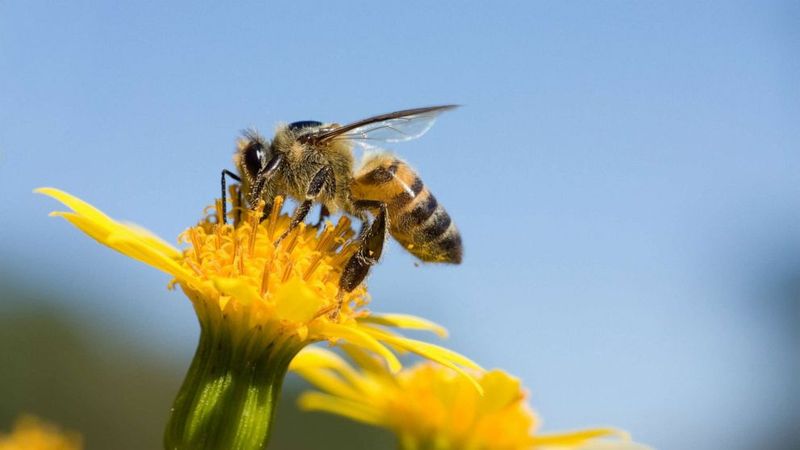
The oldest workers brave the outside world, flying up to three miles to collect four crucial resources: nectar, pollen, water, and propolis (plant resin).
A single forager might visit 100 flowers per trip and make up to 15 trips daily. These tireless travelers use the sun as a compass and perform elaborate dances to share food locations with nestmates.
6. Nectar Processors: The Honey Makers
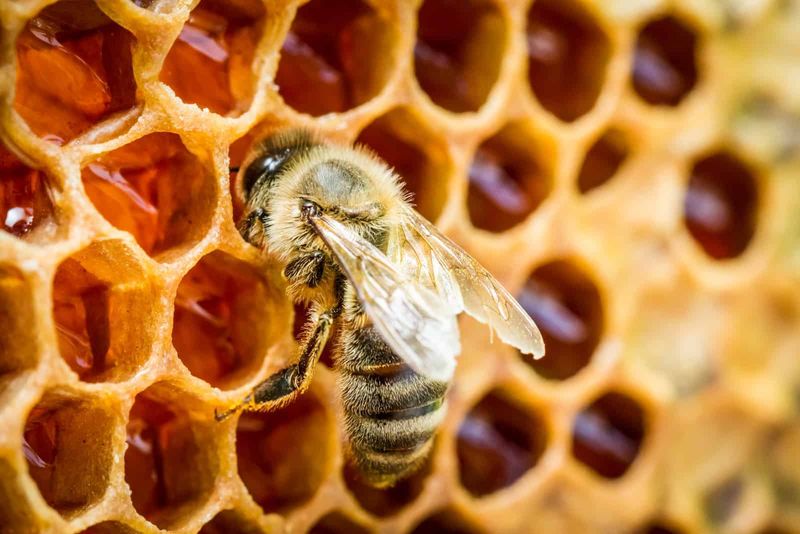
When foragers return with nectar, these specialized workers take the sweet liquid and begin transforming it into honey. They pass the nectar mouth-to-mouth, adding enzymes that break down complex sugars.
Then they spread droplets throughout the honeycomb and fan their wings furiously to evaporate excess moisture. The process reduces water content from 70% to about 17%—nature’s perfect preservation technique!
7. Pollen Packers: The Protein Preservers
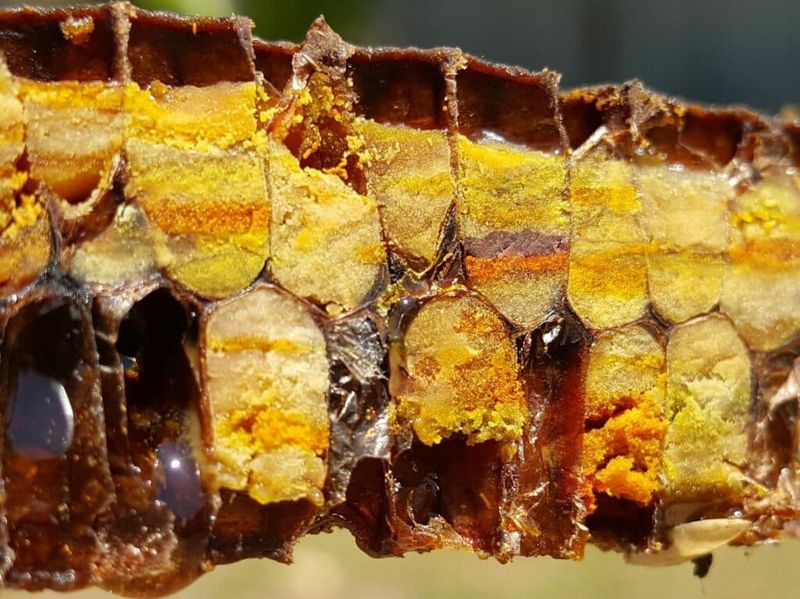
Fresh pollen doesn’t last long, so these workers quickly transform it into “bee bread”—the colony’s protein source. They mix the colorful pollen with honey, enzymes, and beneficial bacteria.
This fermentation process preserves the pollen and makes nutrients more digestible. They meticulously pack this superfood into designated cells, creating a rainbow of stored proteins for feeding developing bees.
8. Water Carriers: The Hydration Heroes

Water is crucial for hive temperature regulation and diluting honey for consumption. These specialized foragers seek out clean water sources and transport it back in their honey stomachs.
During hot weather, they’ll make continuous trips to collect cooling water. Inside the hive, they distribute droplets to thirsty nestmates and to designated cooling crews who spread it for evaporation.
9. Climate Controllers: The HVAC Technicians
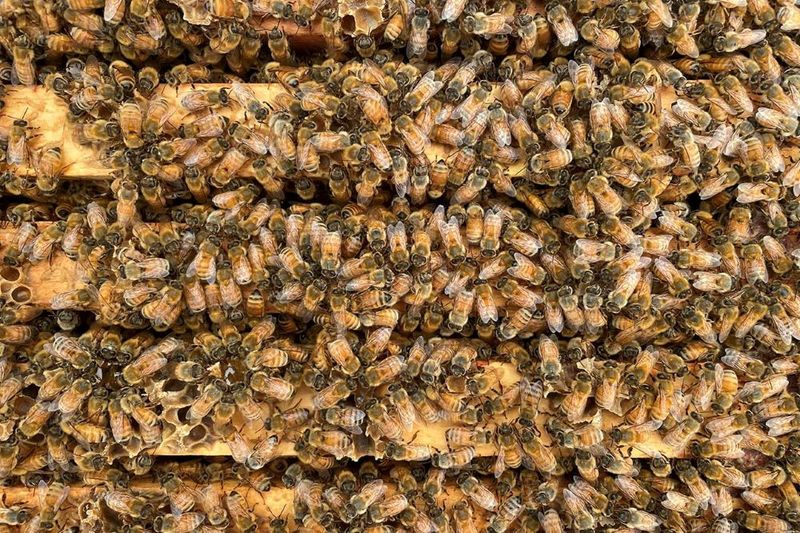
Maintaining the brood nest at a precise 94°F is critical for proper bee development. These temperature specialists use their bodies as living thermostats!
In summer, they collect at hive entrances and fan their wings to create cooling air currents. During winter, they cluster together, shivering their flight muscles to generate heat without flying. Talk about body heat with a purpose!
10. Guards: The Security Detail
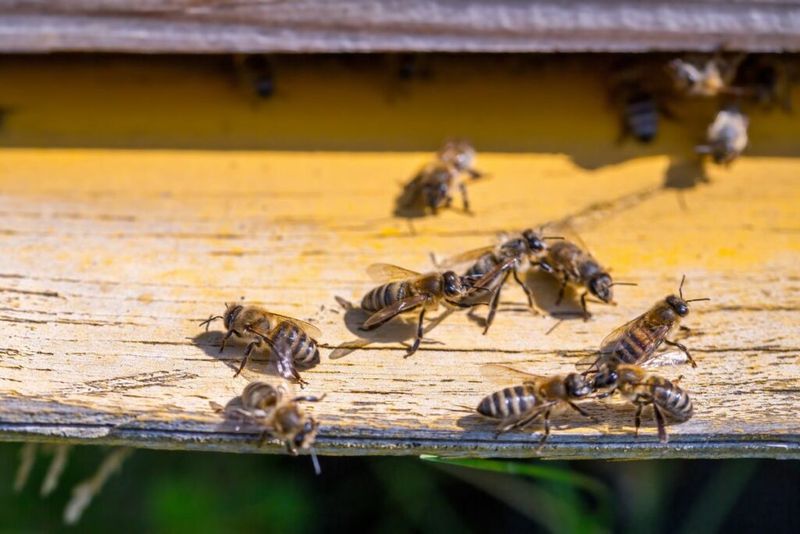
Standing vigilant at hive entrances, these fierce defenders check every incoming bee’s scent to detect intruders. Their stingers ready, they’ll sacrifice their lives to protect their colony from threats.
Besides bees from other colonies, they repel wasps, hornets, and hungry mammals. During nectar shortages, they become especially aggressive against potential robbers trying to steal precious honey reserves.
11. Undertakers: The Sanitation Squad
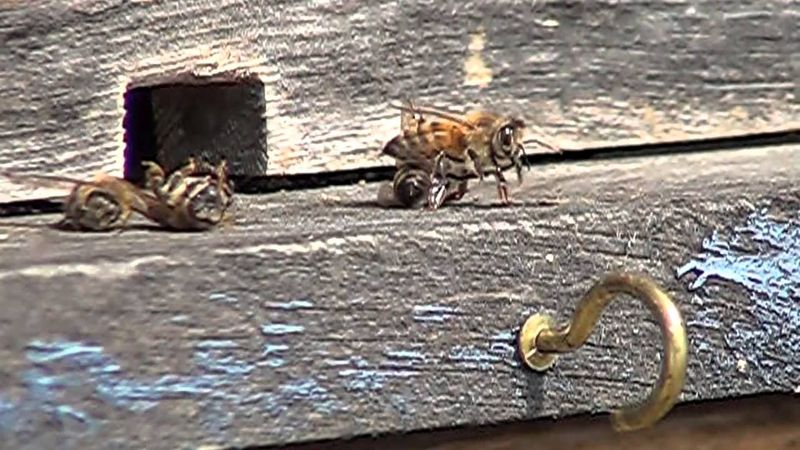
Death is a constant in a colony of thousands, making these workers essential for disease prevention. They quickly identify dead or dying bees and drag them far from the hive.
Their sensitive antennae detect oleic acid—the “death chemical”—released by decomposing bees. This cleaning behavior helps prevent the spread of pathogens that could devastate the entire colony if left unchecked.
12. Propolis Team: The Maintenance Crew
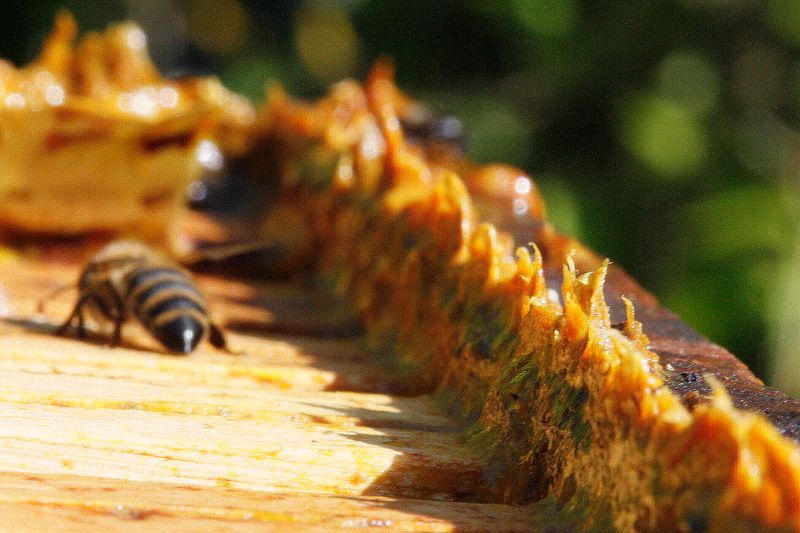
Armed with sticky plant resins collected by foragers, these workers seal cracks, waterproof walls, and sterilize surfaces throughout the hive. Propolis has powerful antimicrobial properties—nature’s own disinfectant!
They’ll even use it to mummify mice or other intruders too large to remove from the hive. This prevents decomposition and protects the colony from the dangerous bacteria that would otherwise develop.
13. Scouts: The Real Estate Agents
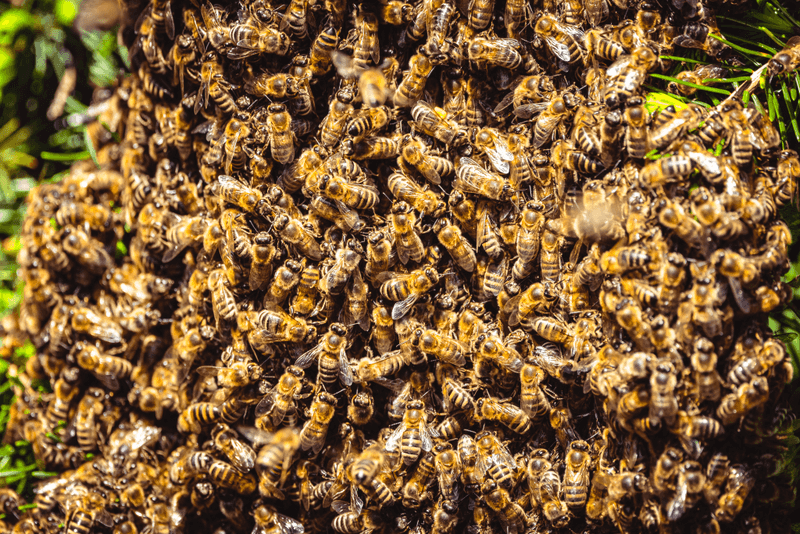
When a colony needs a new home, these adventurous explorers search for perfect real estate. They evaluate dozens of potential sites based on size, protection from elements, and distance from the ground.
Returning scouts perform elaborate dances that communicate precise locations and quality ratings. The intensity of their dance shows their enthusiasm for a particular site, helping the swarm democratically choose their next home.
14. Drones: The Reproductive Specialists

The only male bees in the colony have just one job: mating with virgin queens from other hives. They’re larger than workers, with enormous eyes to spot queens during mating flights high in the air.
Despite their limited role, they’re essential for genetic diversity. After mating, a drone dies dramatically as his reproductive organs rupture. Talk about giving your all for the next generation!
15. Queen Bee: The Royal Egg Layer
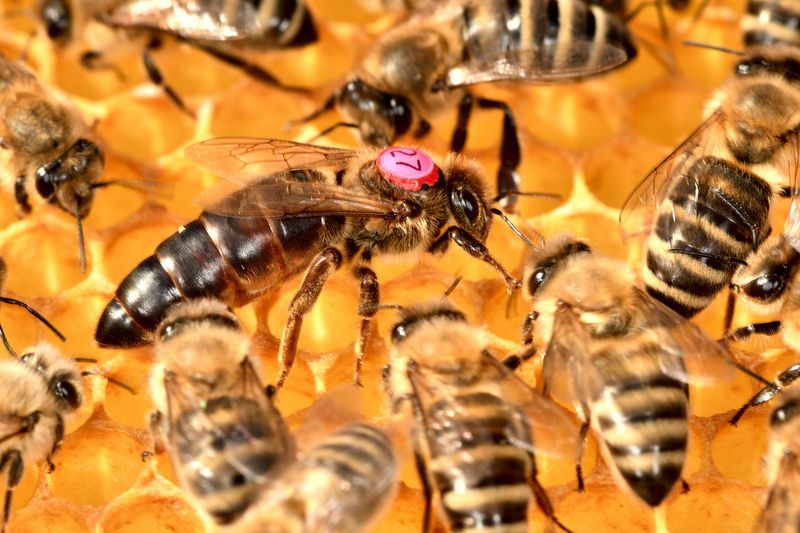
At the heart of it all reigns the colony’s mother, laying up to 2,000 eggs daily during peak season. Her enlarged abdomen contains ovaries with hundreds of egg tubes and a sperm storage organ holding millions of sperm.
She decides which eggs receive fertilization, controlling whether offspring become female workers or male drones. Her pheromones regulate the entire colony’s behavior and prevent workers from developing their own ovaries.




